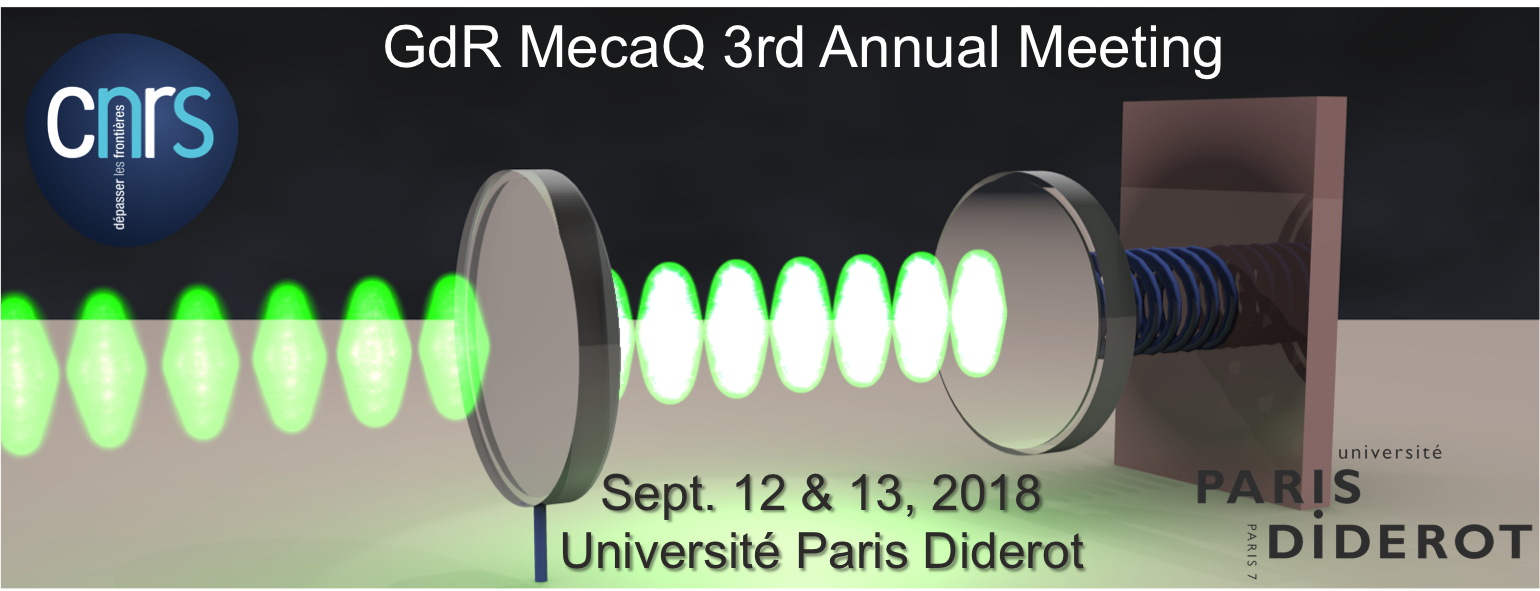Tutorial Speakers
|
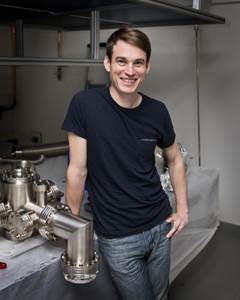
Pr. Simon Gröblacher
Technical University of Delft
|
Simon Gröblacher, born in Austria, studied physics at the University of Vienna, Austria, which he completed in 2005. His master thesis focused on studying higher dimensional quantum states in the context of quantum communication protocols and the role of locality and reality in nature. For his graduate studies he worked with Markus Aspelmeyer and Anton Zeilinger, also at the University of Vienna, performing experiments on the control of mechanical oscillators using quantum optics tools. Simon received his PhD in early 2011 and then joined Oskar Painters group at Caltech as a Marie Curie fellow, where he focused on optomechanical effects in photonic crystal cavities.
In November 2014, Simon moved to Delft University of Technology in the Netherlands, where he first started as a tenure-track assistant professor and since late 2017 is a tenured associate professor. His group in Delft has demonstrated some of the first quantum states of mechanical systems coupled to optics through the radiation pressure force. They have also developed state-of-the-art force sensors using mechanical oscillators. Simon has received several prestigious grants, including the Starting Grant of the European Research Council and a Vidi grant from the Netherlands Organisation for Scientific Research. His research has been published in journals including Nature, Science, Nature Physics and PRL, amongst others.
|
|
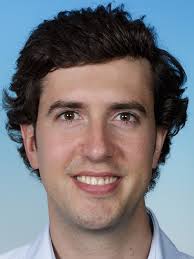
Pr. Oriol Romero-Isart
IQOQI
|
Oriol Romero-Isart is since 2013 a professor on theoretical quantum physics at the University of Innsbruck and Junior Director of the Institute for Quantum Optics and Quantum Information (IQOQI) of the Austrian Academy of Sciences. He did his PhD in the Universitat Autònoma de Barcelona in 2008 and did a four years postdoctoral stay in the group of J. I. Cirac at the Max-Planck Institute of Quantum Optics (Garching). Among other topics he has worked on levitated quantum nanomechanics, which aims at bringing and controlling in the quantum regime levitated nanoparticles (dielectric, magnetic, superconducting, etc). Since 2013, he runs the group of Quantum Nanophysics, Optics, and Information at IQOQI Innsbruck (see the group webpage at https://iqoqi.at/en/group-page-romero-isart). He has been awarded with an ERC Starting Grant (2013) and the QIPC Young Investigator Award (2015).
|
|

Pr. Mika Sillanpää
Aalto University
|
Mika Sillanpää (Aalto University, Finland) has background in experimental superconducting nanoelectronics at milli-Kelvin temperatures. He has worked on Josephson junction quantum circuits and recently mostly on microwave optomechanics. Mika has developed low-noise amplification schemes based on microwave optomechanical concept, as well as carried out demonstrations in fundamental science including quantum squeezing and entanglement of motional states in micromechanical devices.
|
|
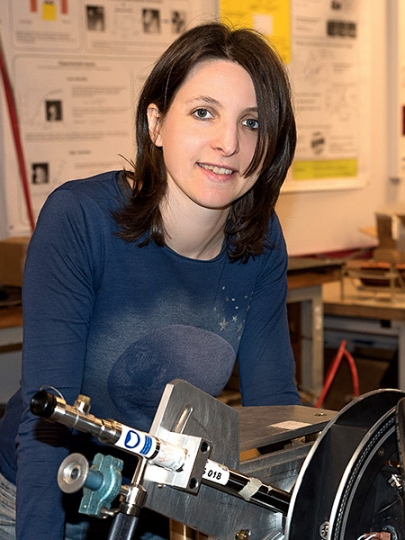
Dr. Laura Thévenard
INSP, CNRS
|
Laura Thevenard did her PhD on the dilute magnetic semiconductor GaMnAs at Laboratoire de Photonique et Nanostructures (now called Center for Nanosciences and Nanotechnology - C2N), and went on to do a post-doc at Imperial College London. A few years after arriving at Institut of Nanosciences of Paris (Sorbonne Universités campus) as a CNRS researcher, she developed with C. Gourdon, colleagues from the lab's Acoustics team, and A. Lemaître from the C2N, an original strategy to manipulate, control, and switch magnetization using surface acoustic waves of up to 1 GHz. (Our main experimental techniques are based on the magneto-optical kerr effect, that we implement either statically to perform magnetic domain imaging, or on a "pump-probe" set-up to access magnetization dynamics.)
|
|
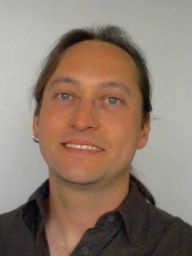
Dr. Eddy Collin
Institut Néel, CNRS
|
E. Collin got his PhD in January 2002 from Centre de Recherches sur les Très Basses Températures (CRTBT, CNRS). After a 2 years postdoctoral Fellowship in the Quantronics group led by D. Estève (CEA, Saclay), E. Collin was appointed in 2005 as a permanent researcher at CRTBT CNRS – Grenoble working on condensed matter at ultra-low temperatures. At present, E. Collin is leading the Ultra-Low Temperatures group (Neel Institute, CNRS, Grenoble), with peculiar lines of research based on Micro and Nano mechanics implemented at low temperatures. These issues cover fundamental aspects of mechanics and condensed matter, with the study of microwave opto-mechanics and small-scale properties of quantum fluids and solids. E. Collin is a recipient of an ERC Consolidator Grant (2014 - 2019).
|
|
Dr. Sébastien Hentz
CEA-LETI
|
Sébastien Hentz received his PhD in computational mechanics with civil engineering applications from Université Grenoble Alpes in 2003. He was then the grantee of a Marie-Curie fellowship to join Politecnico Di Milano. In 2004, he joined the MEMS sensor lab at CEA LETI as a staff researcher. He contributed to the emergence of a new MEMS concept for inertial and physical sensing, being currently transferred to the industry. He also contributed to the creation of a NEMS team at LETI for advanced sensors. A start-up company (Apix Analytics) dealing with gas sensing with NEMS was one of the outcome of these efforts. He was involved in a large collaboration with the California Institute of Technology where he was a visiting scientist in 2010/2011. He was the grantee of an ERC Consolidator grant in 2013. His research interests have since been about mass, chemical and bio- sensing, optomechanics, noise in nanoresonators, non-linear dynamics. He is the author of more than 60 articles, and a third of the ~30 patents he holds are licensed to the industry. He has been appointed Directeur de Recherche CEA in 2018
|
|
